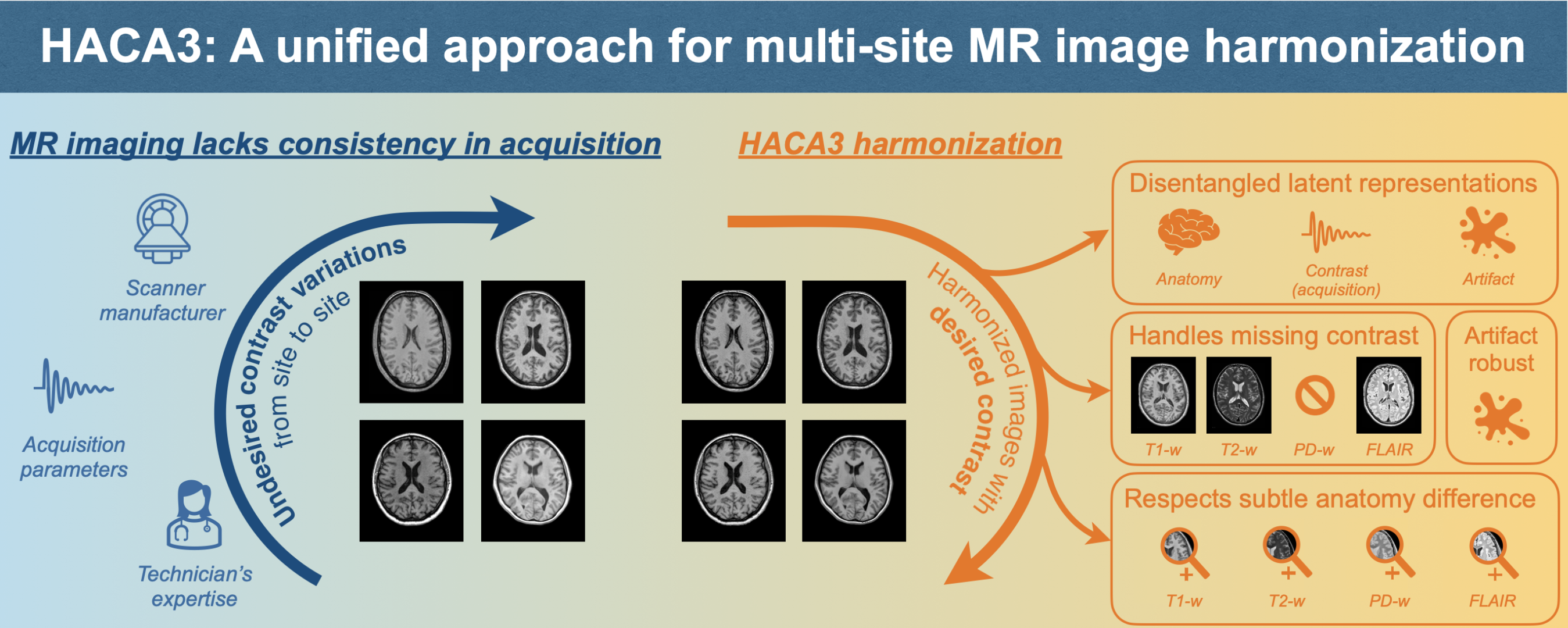Sitemap
A list of all the posts and pages found on the site. For you robots out there is an XML version available for digesting as well.
Pages
Posts
Future Blog Post
Published:
This post will show up by default. To disable scheduling of future posts, edit config.yml and set future: false.
Blog Post number 4
Published:
This is a sample blog post. Lorem ipsum I can’t remember the rest of lorem ipsum and don’t have an internet connection right now. Testing testing testing this blog post. Blog posts are cool.
Blog Post number 3
Published:
This is a sample blog post. Lorem ipsum I can’t remember the rest of lorem ipsum and don’t have an internet connection right now. Testing testing testing this blog post. Blog posts are cool.
Blog Post number 2
Published:
This is a sample blog post. Lorem ipsum I can’t remember the rest of lorem ipsum and don’t have an internet connection right now. Testing testing testing this blog post. Blog posts are cool.
Blog Post number 1
Published:
This is a sample blog post. Lorem ipsum I can’t remember the rest of lorem ipsum and don’t have an internet connection right now. Testing testing testing this blog post. Blog posts are cool.
portfolio
Portfolio item number 1
Short description of portfolio item number 1
Portfolio item number 2
Short description of portfolio item number 2 
publications
HACA3: A unified approach for multi-site MR image harmonization
Published in Computerized Medical Imaging and Graphics, 2023
- Authors: Lianrui Zuo, Yihao Liu, Yuan Xue, Blake E. Dewey, Samuel W. Remedios, Savannah P. Hays, Murat Bilgel, Ellen M. Mowry, Scott D. Newsome, Peter A. Calabresi, Susan M. Resnick, Jerry L. Prince, and Aaron Carass
- Paper:

- Code:

- Abstract: The lack of standardization and consistency of acquisition is a prominent issue in magnetic resonance (MR) imaging. This often causes undesired contrast variations in the acquired images due to differences in hardware and acquisition parameters. In recent years, image synthesis-based MR harmonization with disentanglement has been proposed to compensate for the undesired contrast variations. The general idea is to disentangle anatomy and contrast information from MR images to achieve cross-site harmonization. Despite the success of existing methods, we argue that major improvements can be made from three aspects. First, most existing methods are built upon the assumption that multi-contrast MR images of the same subject share the same anatomy. This assumption is questionable, since different MR contrasts are specialized to highlight different anatomical features. Second, these methods often require a fixed set of MR contrasts for training (e.g., both T1-weighted and T2-weighted images), limiting their applicability. Lastly, existing methods are generally sensitive to imaging artifacts. In this paper, we present Harmonization with Attention-based Contrast, Anatomy, and Artifact Awareness (HACA3), a novel approach to address these three issues. HACA3 incorporates an anatomy fusion module that accounts for the inherent anatomical differences between MR contrasts. Furthermore, HACA3 can be trained and applied to any combination of MR contrasts and is robust to imaging artifacts. HACA3 is developed and evaluated on diverse MR datasets acquired from 21 sites with varying field strengths, scanner platforms, and acquisition protocols. Experiments show that HACA3 achieves state-of-the-art harmonization performance under multiple image quality metrics. We also demonstrate the versatility and potential clinical impact of HACA3 on downstream tasks including white matter lesion segmentation for people with multiple sclerosis and longitudinal volumetric analyses for normal aging subjects.

- Cite:
@article{zuo2023haca3, title={HACA3: A unified approach for multi-site MR image harmonization}, author={Zuo, Lianrui and Liu, Yihao and Xue, Yuan and Dewey, Blake E and Remedios, Samuel W and Hays, Savannah P and Bilgel, Murat and Mowry, Ellen M and Newsome, Scott D and Calabresi, Peter A and Renick, Susan M and Prince, Jerry L and Carass, Aaron}, journal={Computerized Medical Imaging and Graphics}, volume={109}, pages={102285}, year={2023}, publisher={Elsevier}}
Revisiting registration-based synthesis: A focus on unsupervised MR image synthesis
Published in SPIE Medical Imaging, 2024
- Authors: Savannah P. Hays, Lianrui Zuo, Yihao Liu, Anqi Feng, Jiachen Zhuo, Jerry L. Prince, Aaron Carass
- Paper:

- Abstract: Deep learning (DL) has led to significant improvements in medical image synthesis, enabling advanced image-to-image translation to generate synthetic images. However, DL methods face challenges such as domain shift and high demands for training data, limiting their generalizability and applicability. Historically, image synthesis was also carried out using deformable image registration (DIR), a method that warps moving images of a desired modality to match the anatomy of a fixed image. However, concerns about its speed and accuracy led to its decline in popularity. With the recent advances of DL-based DIR, we now revisit and reinvigorate this line of research. In this paper, we propose a fast and accurate synthesis method based on DIR. We use the task of synthesizing a rare magnetic resonance (MR) sequence, white matter nulled (WMn) T1-weighted (T1-w) images, to demonstrate the potential of our approach. During training, our method learns a DIR model based on the widely available MPRAGE sequence, which is a cerebrospinal fluid nulled (CSFn) T1-w inversion recovery gradient echo pulse sequence. During testing, the trained DIR model is first applied to estimate the deformation between moving and fixed CSFn images. Subsequently, this estimated deformation is applied to align the paired WMn counterpart of the moving CSFn image, yielding a synthetic WMn image for the fixed CSFn image. Our experiments demonstrate promising results for unsupervised image synthesis using DIR. These findings highlight the potential of our technique in contexts where supervised synthesis methods are constrained by limited training data.

- Cite:
@article{hays2024revisiting, title={Revisiting registration-based synthesis: A focus on unsupervised MR image synthesis}, author={Hays, Savannah P and Zuo, Lianrui and Liu, Yihao and Feng, Anqi and Zhuo, Jiachen and Prince, Jerry L and Carass, Aaron}, journal={arXiv preprint arXiv:2402.12288}, year={2024} }
talks
Talk 1 on Relevant Topic in Your Field
Published:
This is a description of your talk, which is a markdown files that can be all markdown-ified like any other post. Yay markdown!
Inconsistent MR acquisition in longitudinal volumetric analysis: Impacts and solutions
Published:
- Authors: Lianrui Zuo, Savannah P. Hays, Blake E. Dewey, Samuel W. Remedios, Yuan Xue, Sandra D. Cassard, Carolyn Koch, Ann Fishman, Aaron Carass, Jerry L. Prince, Ellen M. Mowry, and Scott D. Newsome
- Presented at Consortium of Multiple Sclerosis Centers, 2023
- Description: Magnetic resonance imaging (MRI) is a powerful and flexible imaging technique in studing multiple sclerosis (MS). However, the flexibility of MRI often comes at a cost: lack of standardization and consistency across imaging studies. Despite the guidelines provided by the MAGNIMS–CMSC–NAIMS, there are still significant variations of MR acquisition in research and clincal settings. The variablity in MR acquisition poses challenges for consistent and accurate study of MS. In our study, we investigate the impact of inconsistent MR acquisition in longitudinal volumetric analysis. We found that inconsistent acquisition has a strong negative impact on the consistency and statistical power of longitudinal analysis, thus hinders our understanding of MS. We then investigate MR harmoniation as a potential solution to mitigate this issue. Our study suggests that image harmonization effectively alleviates this negative impact, yielding nearly identical consistency as that in standardized and consistent acquisitions.
- Video:

- Poster:

From voxels to patients: A data-centric journey towards consistent translational AI
Published:
- Lianrui Zuo
- Presented at Vanderbilt University ECE & VISE seminar
- Description: In the pursuit of advanced patient care, medical imaging serves as an indispensable tool for understanding individual health and disease. However, the potential of this tool is often compromised by undesired variability due to the heterogeneity of data acquisition, posing significant challenges for medical professionals and translational AI algorithms. In the talk “From Voxels to Patients”, I will explore our approach and commitment to addressing these challenges, aiming to enhance the consistency of imaging data for improved patient care and analysis. I will present how our data-centric approaches can effectively mitigate undesired variations in medical data, thereby enriching both research and clinical applications of medical imaging. Our initiatives will be illustrated through a multi-site clinical trial for multiple sclerosis, where we demonstrate our comprehensive strategies: harmonizing images across diverse platforms, integrating multi-modal imaging, and managing varied data quality and availability. Audience will gain a deeper understanding of how these advanced techniques not only elevate the consistency and reliability of medical image analysis but also offer grand opportunities for improved patient care.
- Video: Coming soon
teaching
Teaching experience 2
Workshop, University 1, Department, 2015
This is a description of a teaching experience. You can use markdown like any other post.
EN.520.433/623 Medical Image Analysis
Graudate-level course, Johns Hopkins University, Department of Eletrical & Computer Engineering, 2018
